Ming Tang-Evans
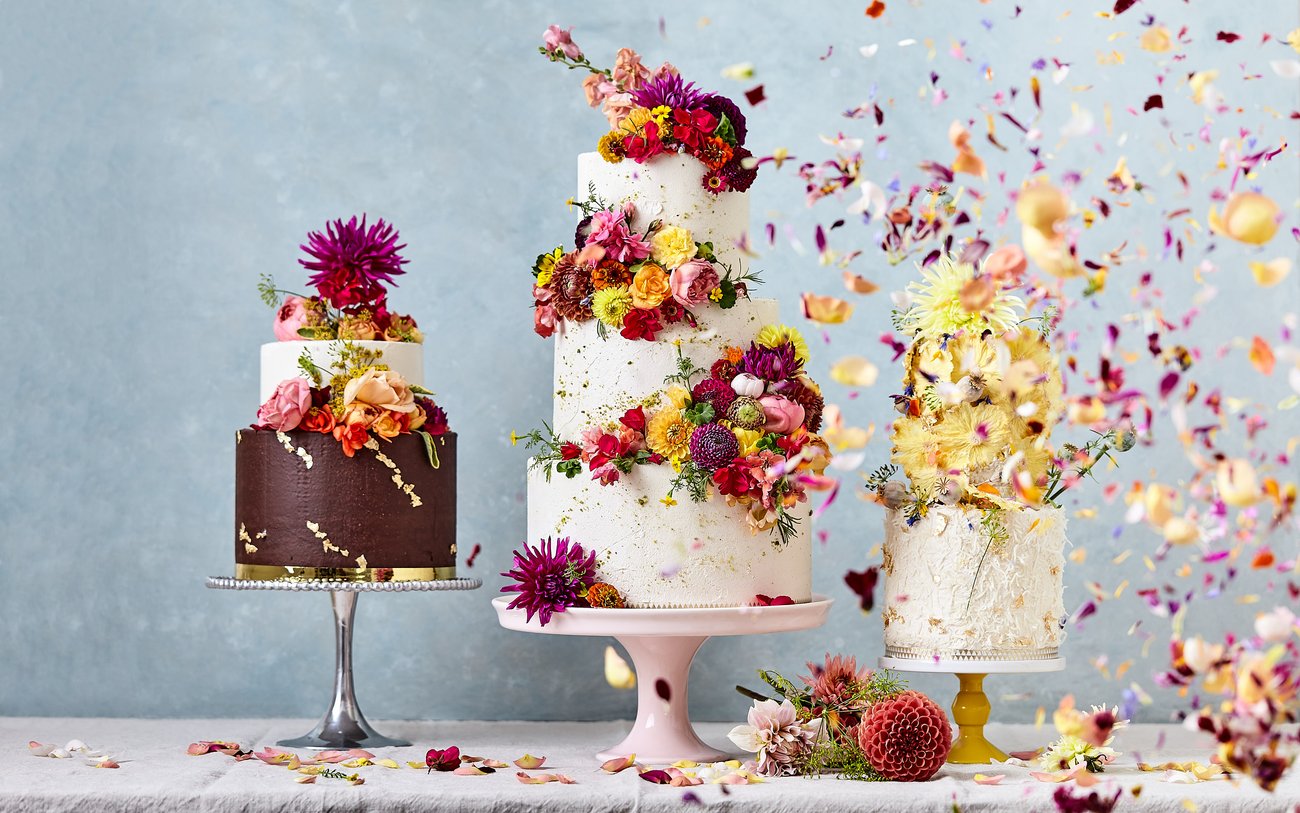
Ming Tang-Evans (he/him) is an international award-winning food and drink commercial and editorial photographer based in London. His practice centers around a core of food and drink yet spans the fields of travel, portraiture, and interiors.
Hi Ming! Tell us a little about yourself — when did you first become interested in photography and how did you get to where you are today?
I've been interested in photography as a hobby since childhood, primarily inspired by my mum, who was a keen photographer and always had a camera at family events, outings, and holidays. Working in photography currently has emerged from a variety of jobs in the creative industry. I first started out working on print magazines in production and copy editing. Through that, I got to meet many different photographers, and that inspired me to push into shooting editorials as a freelance side gig. Over time, that morphed from part-time freelance photographer to eventually making the leap to full-time photographer.
At the outset, I suppose I didn't really have a grand plan or roadmap—I just enjoyed the process: working hard, using transferrable skills, learning, meeting people, and trying to figure things out along the way. I was happy to see where and how far things would take me, being adaptable and aware of opportunity along the way. At the time, it just felt like the right thing to do for me—it reminds me of the quote from the film "Parasite": "The only foolproof plan is to have no plan."
In part, I guess it was also a sort of lifestyle choice. A quote sticks in my mind from an art director friend of mine, Fiona Hayes (@theartdictator) about working in the creative industry - it's about "doing interesting work, with interesting people, in interesting places.”
Call me naive, foolhardy, or irresponsible, but I had recently come out from losing my mother and was already feeling pretty unmoored from "normal" life. Looking back now, I think of the line from Talking Heads' song "Once in a Lifetime": "Well, how did I get here?" I think that was probably a combination of fearless naivety, meeting some very kind commissioners, hard work, and sheer good luck.
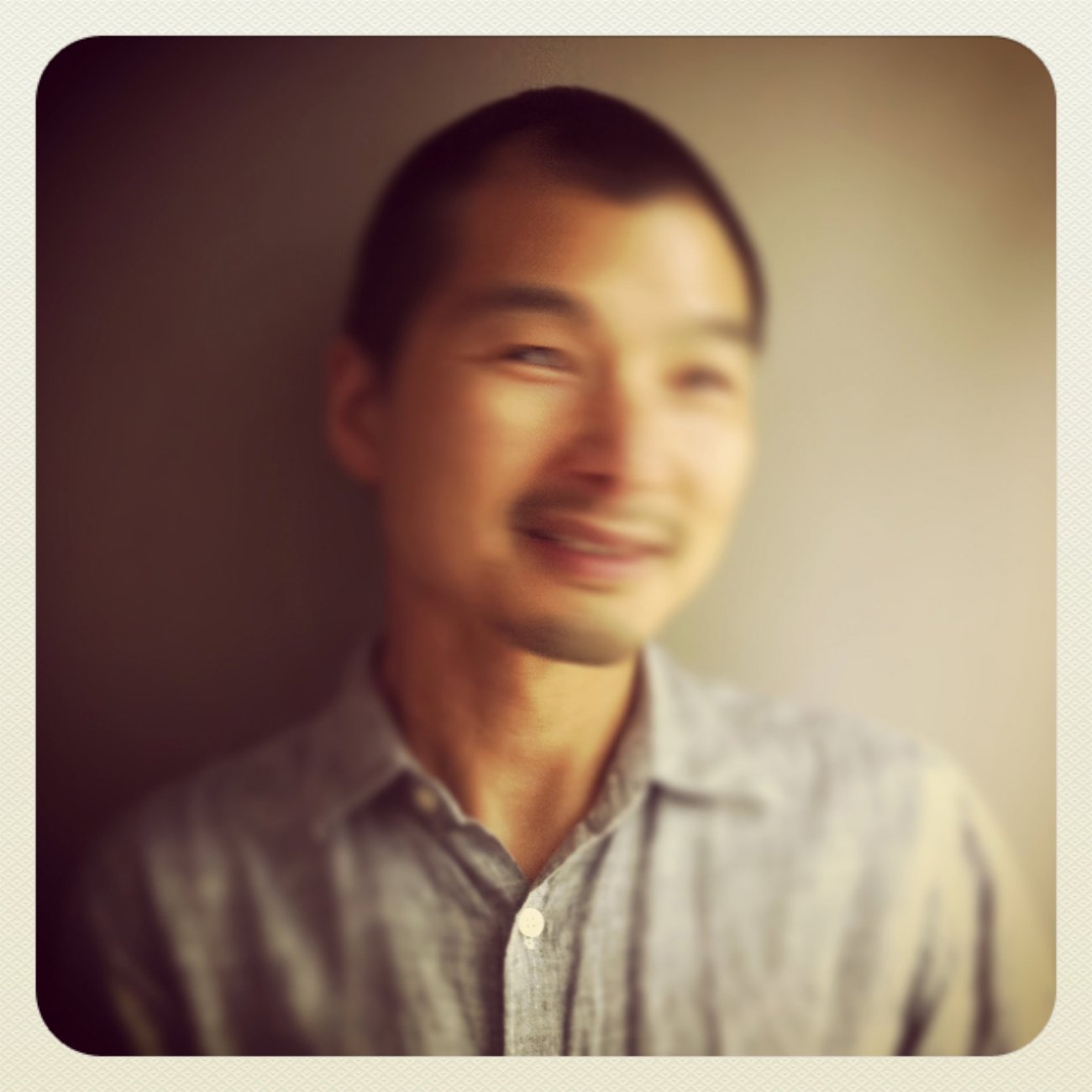
“…ultimately, it's really about having your own voice and view of the world that you want to capture.”— Ming Tang-Evans
As a photographer who excels in multiple genres—from travel scenes to intimate portraits—you've shown a particular passion for food and beverage photography. What aspects of capturing food and drinks do you find most exciting?
When starting out in photography professionally, food and drink was always a spare-time interest (eating out, cooking), and so it just seemed to make sense to combine both pleasures. It felt like a natural fit. One of my very first editorial clients was Time Out magazine, shooting for their weekly restaurant review guide, which was a real buzz at the time.
Food and drink works on so many levels, whether it's the glamour of a luxury restaurant or the sheer passion and grit of a small, independent neighbourhood start-up. What really fascinates me is how food and drink intersect and connect so many aspects of all our lives. To "break bread" with others is the fundamental act of family, friendship, and community.
To quote my friend and collaborator Asma Khan, "Food has the ability to carry you away to another moment and place." That's how I view my work — it's about creating a narrative that runs through the connecting layers, crossing both time and space. That's the most exciting aspect of working in food and drink.
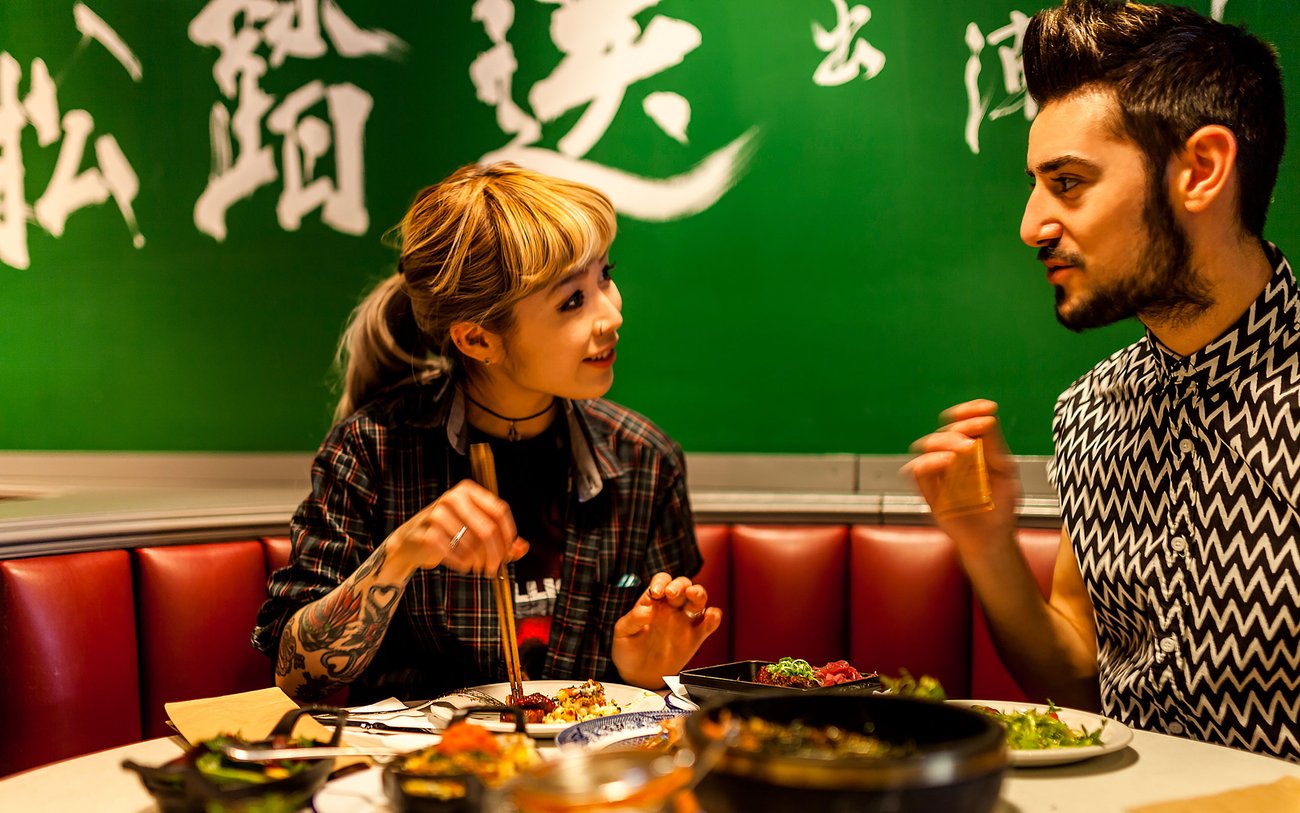
Food styling is an art in itself. Do you style on your own or do you work with food stylists? What techniques or tools have you found most effective for keeping food looking appetizing throughout a shoot?
Generally, for commercial shoots and involved editorials, I collaborate with food stylists who are the real magicians on food shoots.
Depending on the setup and budget, I will generally leave it to the experts, whether that's a food stylist or the client themselves, but I'm always happy to pitch in. Working with restaurants and bars, it's usually the head chef or bartender who ultimately dictates how everything should look and feel as part of the overall concept, so it's really about taking my cues from them.
In general, the most effective technique when shooting food is to prepare for the shot so that when it does arrive on set, you're able to work as quickly and efficiently as possible. This might even involve shooting some test shots with a stand-in until you're sure that everything is all set and ready to go.
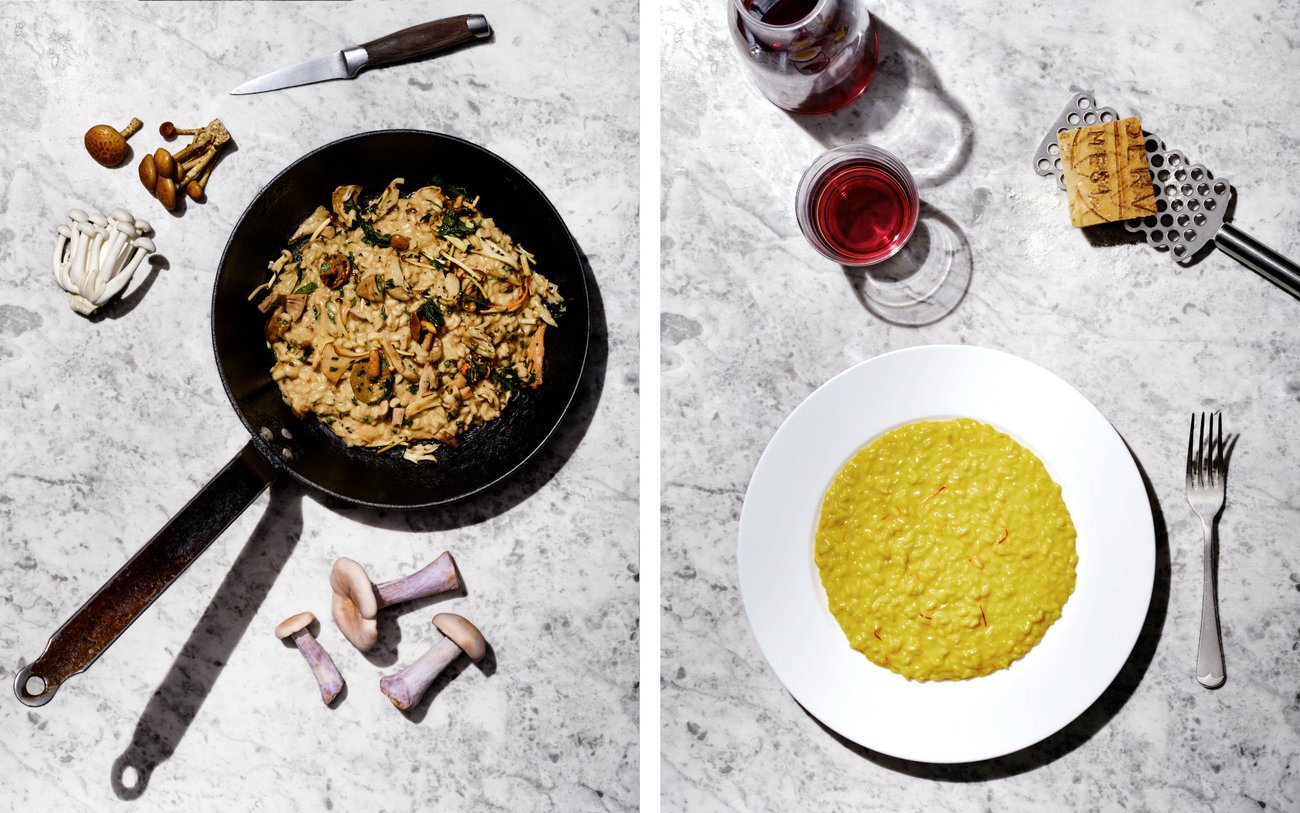
Are there any specific pieces of equipment, such as particular lenses or lighting setups, that you consider essential for your food and beverage shoots?
Everyone has their own signature style and approach, so what's considered essential really depends on an individual basis.
I like to keep things pretty simple, uncomplicated, yet adaptable, so for me it would be a hard light source, a soft light source, and a few modifiers to bring shape and form to those, as well as some basic reflectors and negative fill.
For food and drink, I'll generally only use 1 or 2 prime lenses (standard or short telephoto macro), and sometimes with a third medium telephoto as an alternative.

Do you believe it's important to have more diverse voices and perspectives behind the lens, particularly in commercial work where images shape how brands connect with audiences?
Absolutely. It really is essential to have more diverse voices and perspectives behind the lens, as long as that isn't just tokenism or colour washing. It really needs to fit within the wider ecosystem of the whole creative industry, including agencies—from strategy, planning, briefing, and execution—in how brands connect with diverse audiences. And it's not only about the creative industries but also the wider work environment: we can only aspire to what we see, and that's what's important about having diverse representation and role models.
You’ve worked with a range of clients and publications including Hilton, Laurent-Perrier, Conde Nast, Acqua Bianca, Asma Khan, and more. What’s your creative process like and how do you approach creative collaboration with your commercial clients?
In general, my creative approach is broadly similar whether the job is editorial or commercial. It is really about trying to understand the brand, the brief and references, the audience and message, and thinking of how to bring my vision to achieve that in the best possible way. Each client will have their own particular process, so it's really about understanding and communication, being a team player, and being adaptable.
Commercial work tends to differ from editorial in that it is less open-ended with the brief, as there are more stakeholders and layers of sign-off involved. It's usually a balancing act between delivering what's been specified, with no surprises, yet bringing something to the table in terms of my own creativity to achieve the best results.
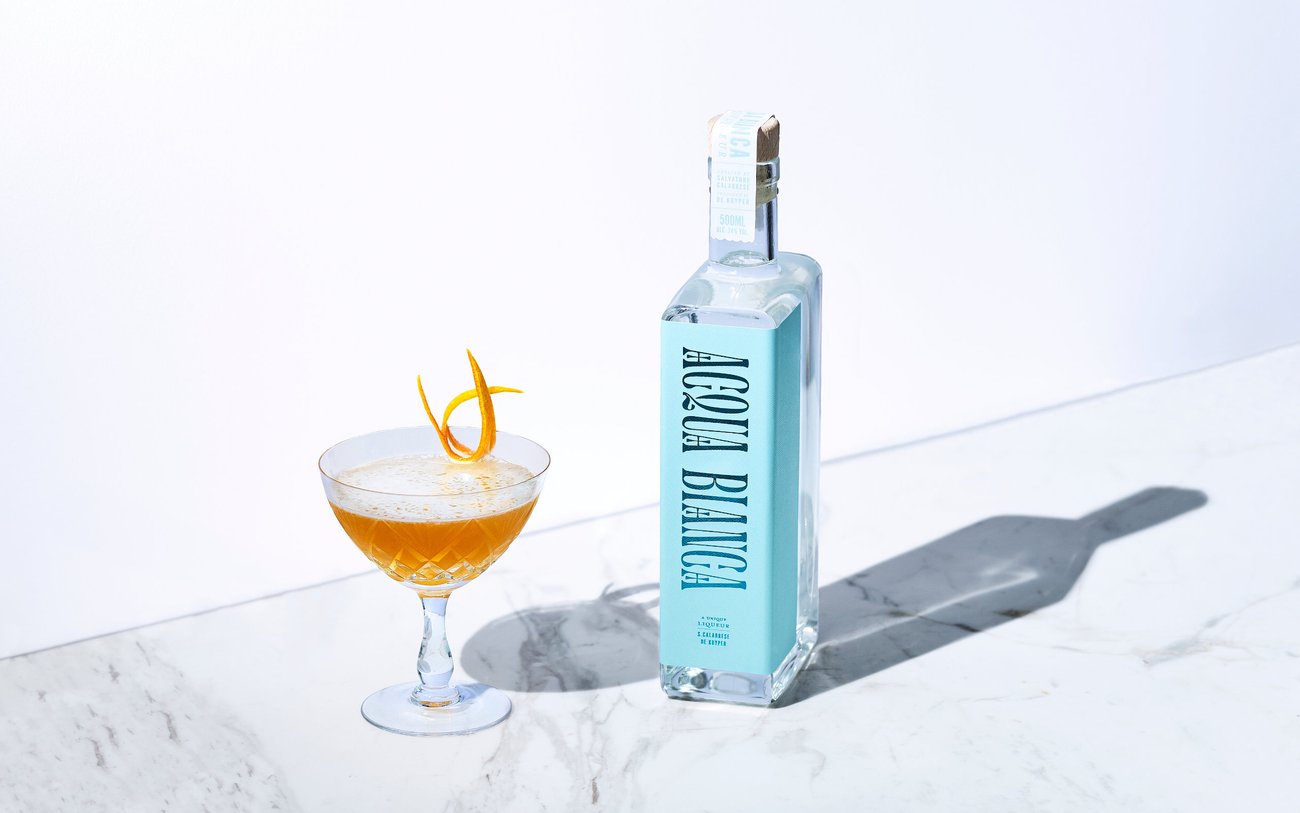
Do you work on personal projects in addition to client work? If so, why are personal projects so important to pursue?
Personal projects (as opposed to test shoots specifically to update a portfolio or pitch) are a really vital way to allow complete creative freedom, unrestricted by someone else's brief. Some projects may have no obvious outlet, but it's the childish element of play—and doing it for its own sake—that makes it worth it on a purely personal level. Sometimes there's just a creative itch that needs to be scratched, without any clear link into paid work. But I think that anything that just gives you joy and keeps you in the game is worthwhile. Sometimes it's the unexpected accidents that bring the most personal reward, but it's probably not something that you would ever really risk on a client's paid job. Recently, I've gained great joy from just shooting unpublished abstract landscape and botanical work.
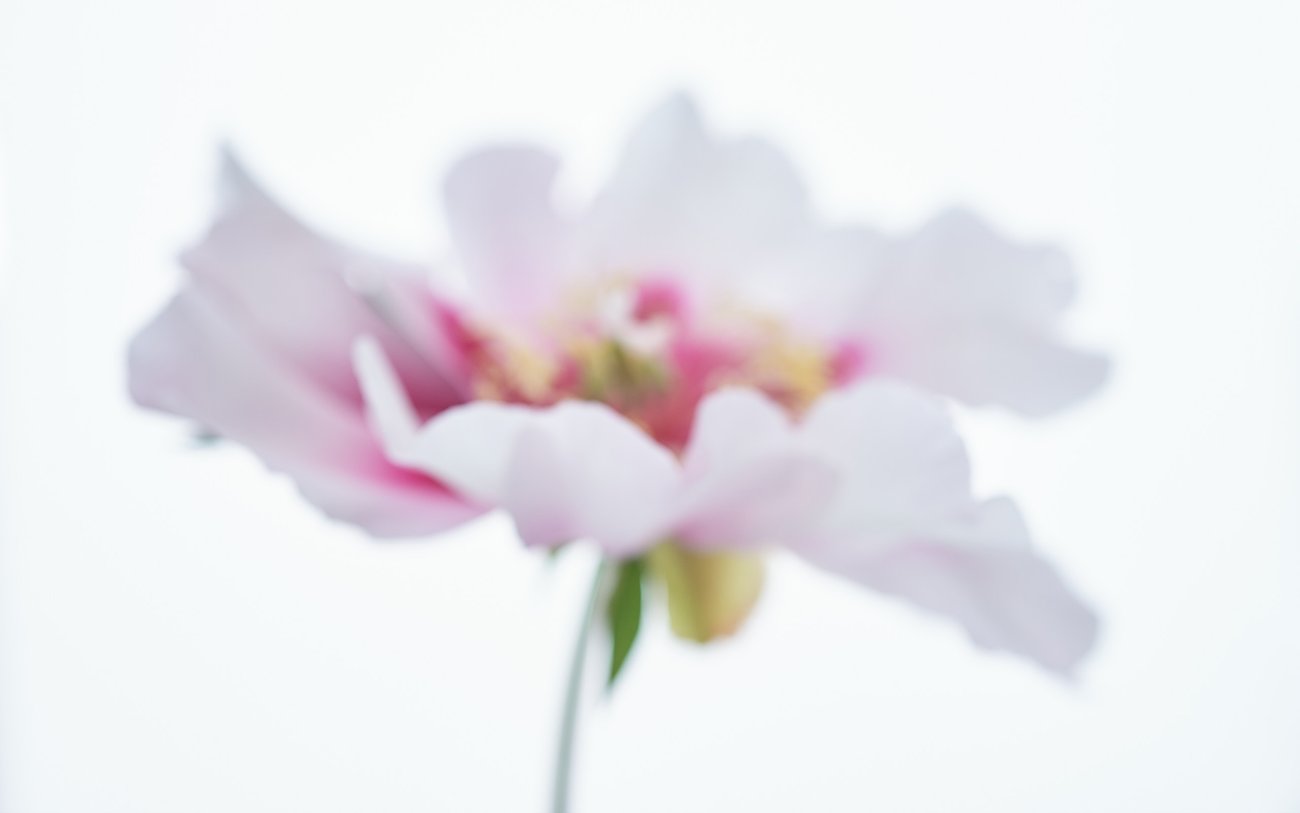
Given the speed at which AI is progressing in content creation, the landscape and future of photography are shifting rapidly. What opportunities and/or and challenges do you think AI will present for photographers?
Hand on heart, I've not really given AI much attention or thought, as it hasn't impacted me directly at the moment.
There are the obvious issues surrounding copyright infringement in how the LLMs are being trained on all of our copyrighted material, and also how some aspects of stock photography may just be made obsolete. On the whole, though, the genie is out of the bottle now, and the landscape will probably just adapt to accommodate it—as it did when photography itself appeared, along with cinema and TV. But generative AI could definitely help in terms of pre-visualizing concepts and treatments without the time and expense of necessarily test shooting.
While generative AI is still in its early days, I think that, ultimately, photography is still about having ideas, a particular voice, and view on the world—and it's human creatives who drive that, not algorithms. And who's going to want something so personal as their wedding or newborn photos generated by AI, or something as authentic as reportage news?
What advice would you give to photographers interested in food photography who are just starting out?
I would say, try to start defining your own style that is distinctively yours. While it's great to be inspired by all the great work around us and to try it out for fit, ultimately, it's really about having your own voice and view of the world that you want to capture.
I think that the received wisdom of trying to assist established photographers to gain experience and learn, and doing your own test shoots, still holds true—so those are both valid routes to pursue. The old adage that "you're only as good as the team around you" still really holds true. Try to network and make good connections with like-minded people—the key to great work is to work with great people.
Think about how you want to work and what suits you best, whether that's in a controlled studio or the unpredictability of on-location. Just be adaptable and open-minded to opportunities, experiences, and advice. And if you can, some kind of mentoring scheme can be invaluable for growth and development.
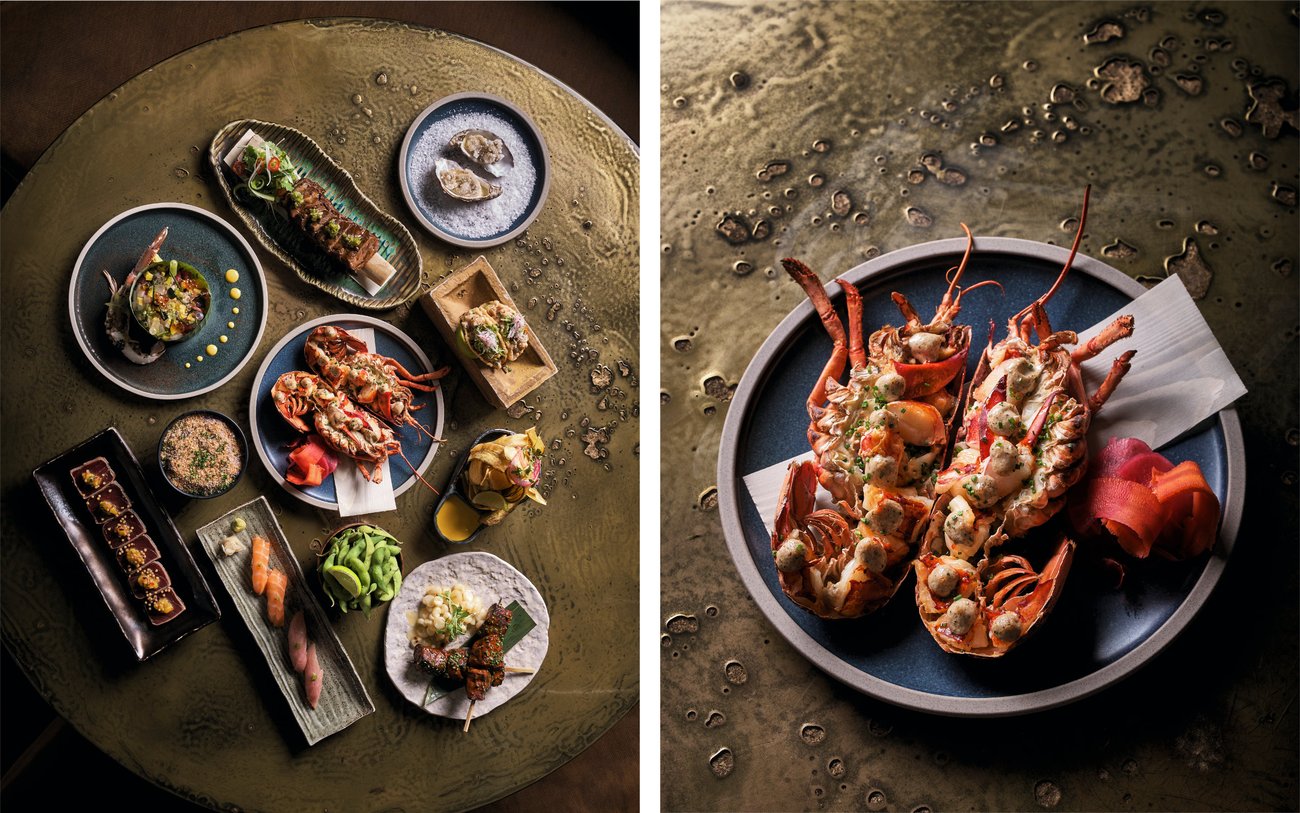
What are you currently working on now and what’s up next for you?
I've just finished up a commercial campaign for a whisky brand, shooting both stills and also directing motion for the first time, working alongside an experienced and talented DOP and editor. It was a real eye-opener to how much more there is to learn!
Next up is planning for the excitement of a restaurant launch, which will be an integrated project involving everything from food and drink to interiors, portraits, and branding for marketing and PR, online and social.
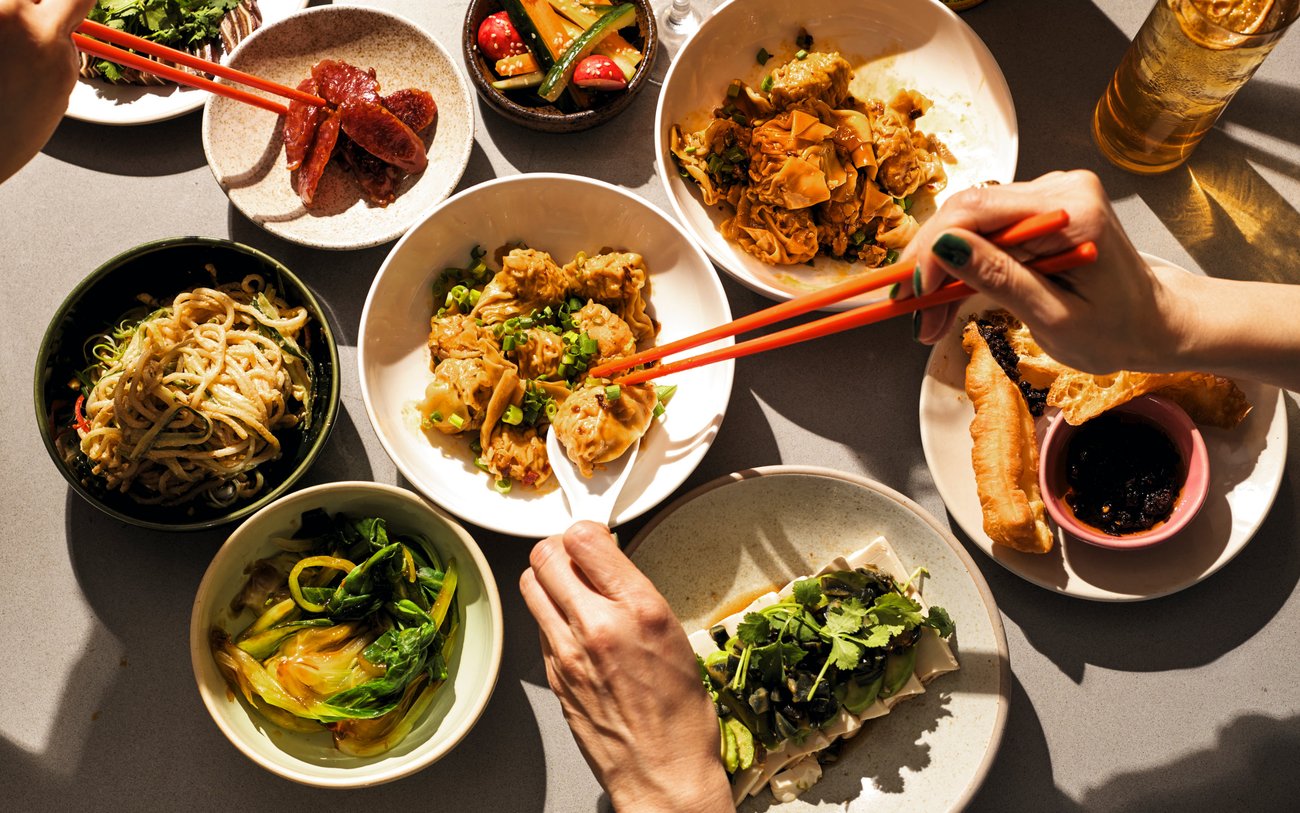
Thank you for sharing with us, Ming! To view more of Ming’s work, visit his website and follow him on Instagram.
Ming was nominated by Noun Project.